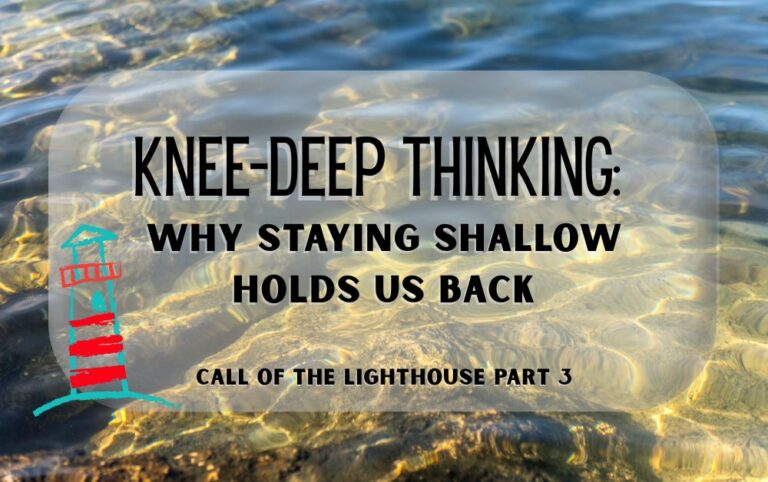
Knee-Deep Thinking: Why Staying Shallow Holds Us Back
Safe feels easy, but the real growth happens when we wade deeper.
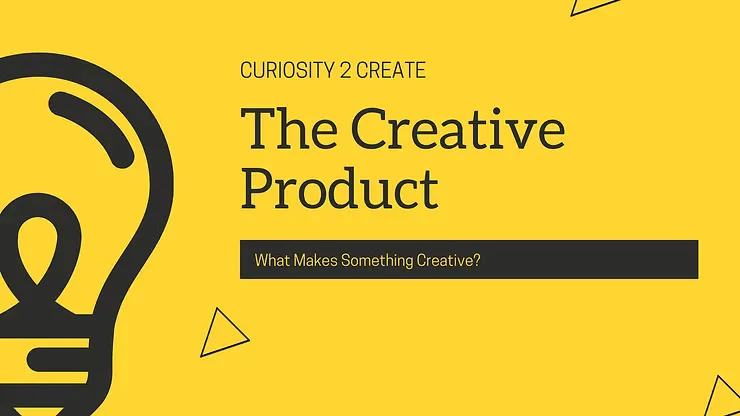
To Create or Not to Create…
How many of you have a refrigerator covered with drawings from your children or grandchildren?
Remember the sense of pride you felt when you saw your finger-painted masterpiece hanging for all to see? Or maybe your teacher displayed your essay on the bulletin board as a model product. Have you tried the new paint-by-number kits lately? They are sooo fun.
So the big question is…are these all creative products?
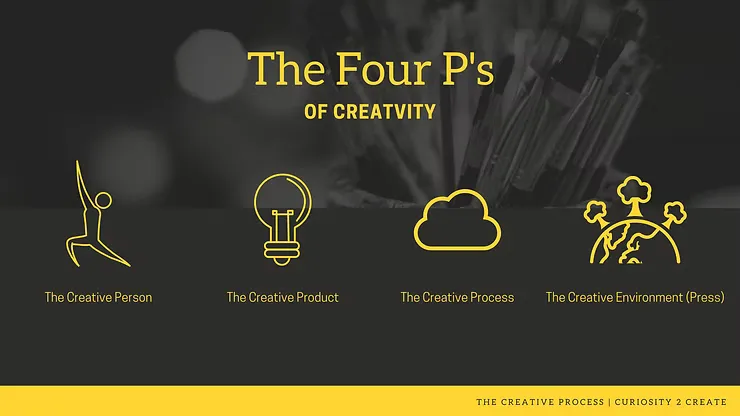
First, let’s review the 4 P’s of creativity:
The third P is the creative product. Go back to our definition of creativity – it is the production of something. That “something” can be an idea that turns into anything new and valuable.
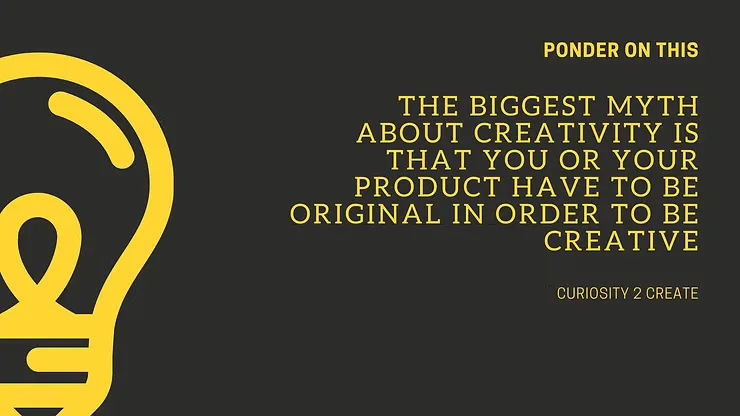
One of the biggest myths about creativity is that your product must be merely original for it to be creative. In fact, according to Creativity Rising: Creative Thinking and Creative Problem-Solving in the 21st Century by Gerard J. Puccio, Marie Mance, Laura Barbero Switalski, and Paul D. Real,
Creativity is the intersection of novelty and usefulness. Don’t take this the wrong way, but ideas are cheap. Perhaps the most common definition of creativity is the production of original ideas that serve some purpose. This definition recognizes that creativity is not synonymous with pure novelty or simply being different. Being original and being creative is not the same, despite the widespread usage of “creative” to describe something that is merely original, nearly original, or just bizarre. We must assert: no, that’s not it. Creativity is doing something in an original way that is also—that must also be—useful, valuable, or appropriate.
Think about your child’s coloring book page decorated and hanging on your office bulletin board – is this a creative product?
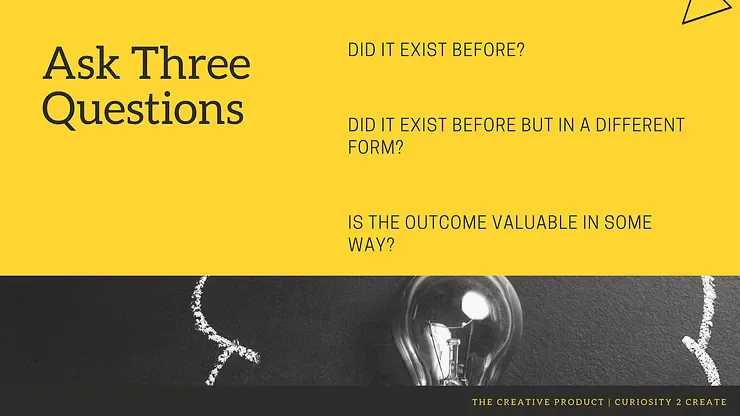
Ask yourself these questions:
This may be a simplified version of the creative product, but the same goes for the professional environment.
Your co-worker presents a fresh idea on how to make the factory line more productive, streamlined, and efficient. Using Creative Problem Solving, your team brainstorms ideas, makes a plan, and puts it into motion. Is this an innovative product? It’s not a tangible item that was created, so does it still count?
Well, let’s address the questions.
Therefore, even though your idea is intangible – it is still an innovative product.
The creative product is what is most visible and tends to be what gets judged. It is the public side of creativity and probably the most intimidating. Will people like it? Will they approve of it? Will they invest in it?
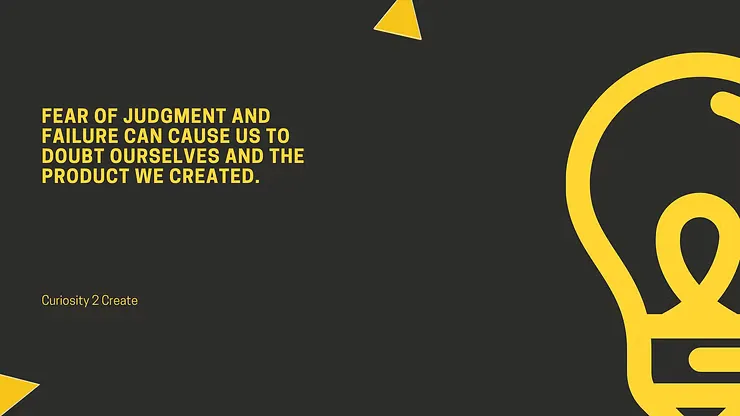
Fear of judgment and failure can cause us to doubt ourselves and the product we created.
The fact is that it doesn’t matter if the product is from an organization, individual inventor, artist, or entrepreneur – we all seek the audience, client, investor, consumer, or the general public to see the things we create as valuable.
How do we accomplish a creative product, one that makes an impact on others? That’s really what we all want to know. Is there a secret recipe? Are there full-proof steps we can use to ensure that everything we create will be new and valuable? Sorry, but there isn’t.

Here’s what we do know:
Ultimately, success is measured by the final outcome – something the public loves appreciates, celebrates, admires, and will buy.
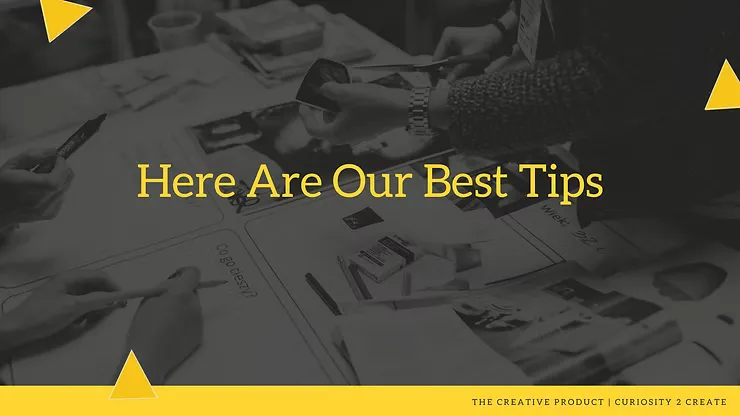
Sometimes, the most challenging part may be getting started. Here are some tips:
At Curiosity 2 Create, we are passionate about helping you develop your creative skills and produce innovative, exciting, and transformative products. You are never too old or too young to start creating. Check out our social media and let us get you started.
Ready, Set, Create!
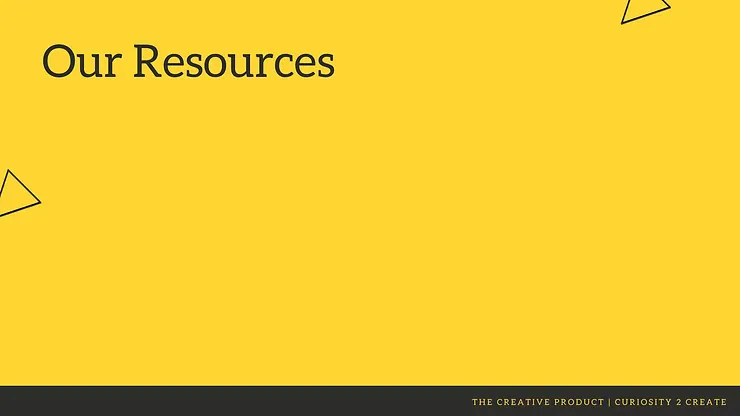
Works Cited
Creativity Rising: Creative Thinking and Creative Problem Solving in the 21st Century by Gerard J. Puccio, Marie Mance, Laura Barbero Switalski and Paul D. Reali. International Center for Studies in Creativity, Buffalo, NY: ICSC Press, 2012.
Share Post:

Safe feels easy, but the real growth happens when we wade deeper.
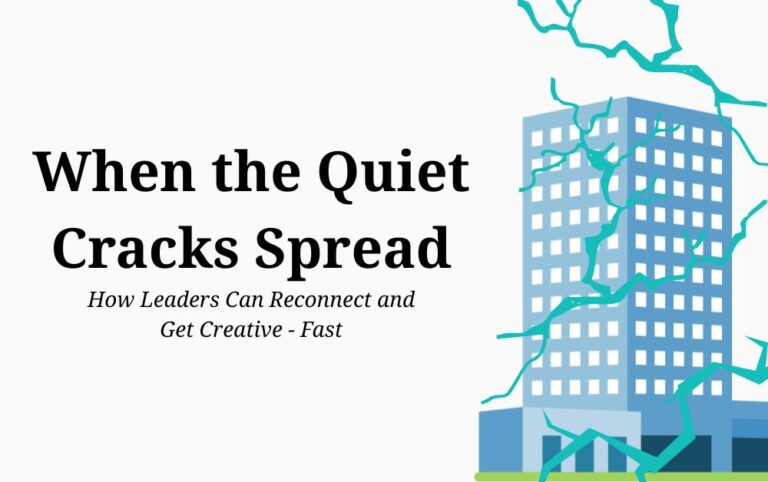
I can still picture it—walking through my northwest Chicago neighborhood with friends,
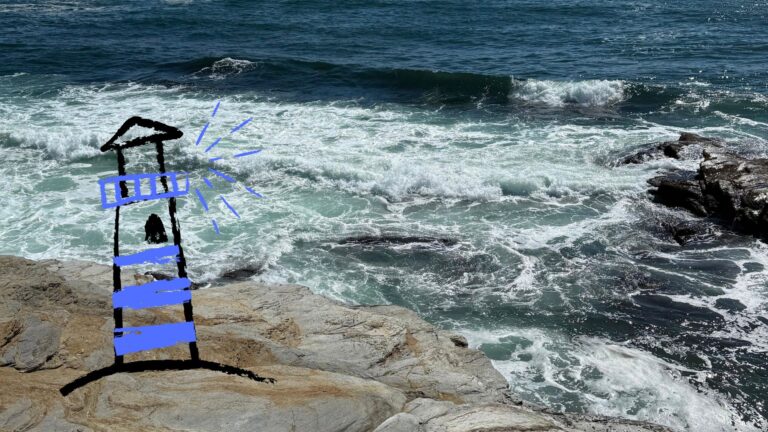
A lighthouse doesn’t shine just for decoration; it exists because lives depend